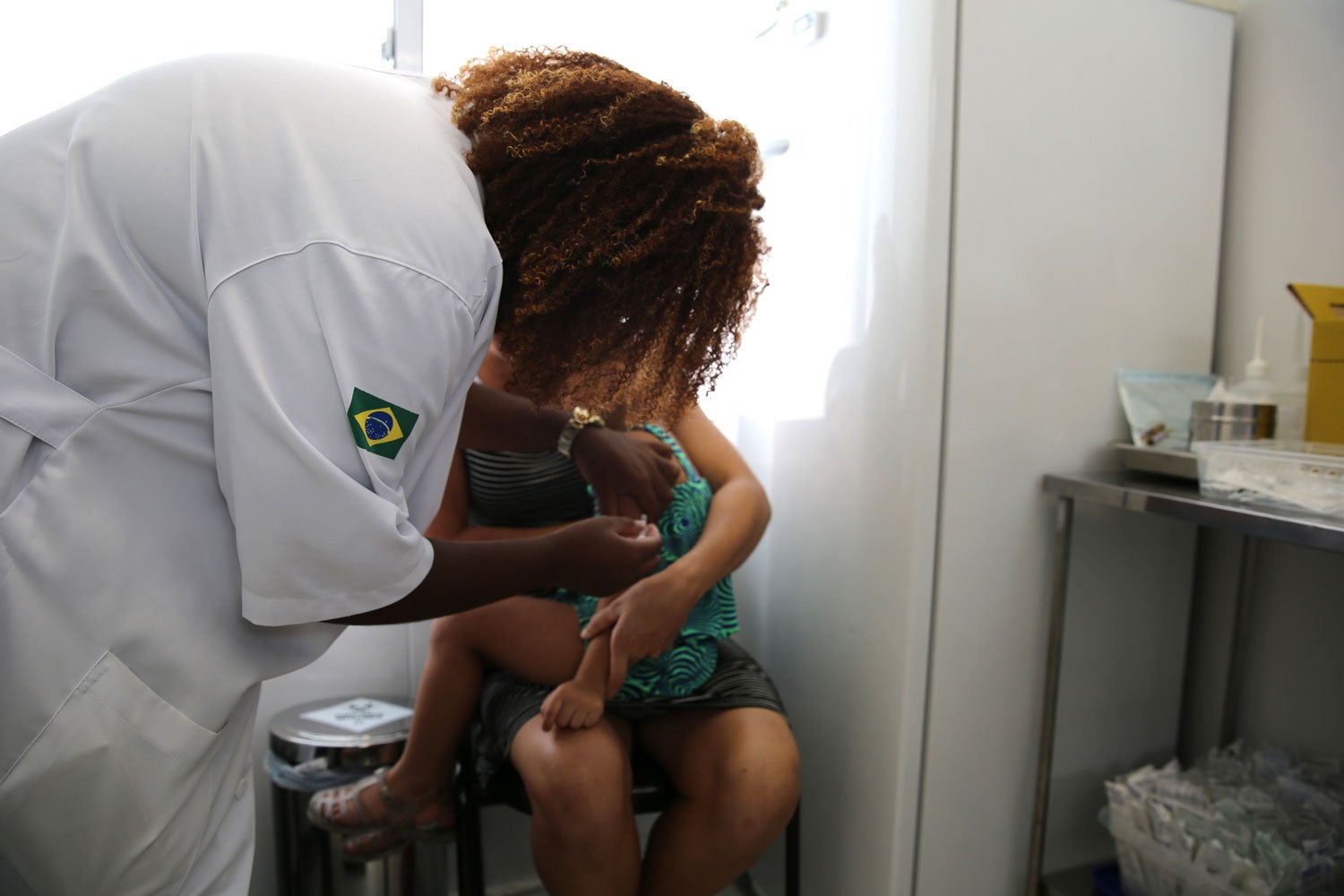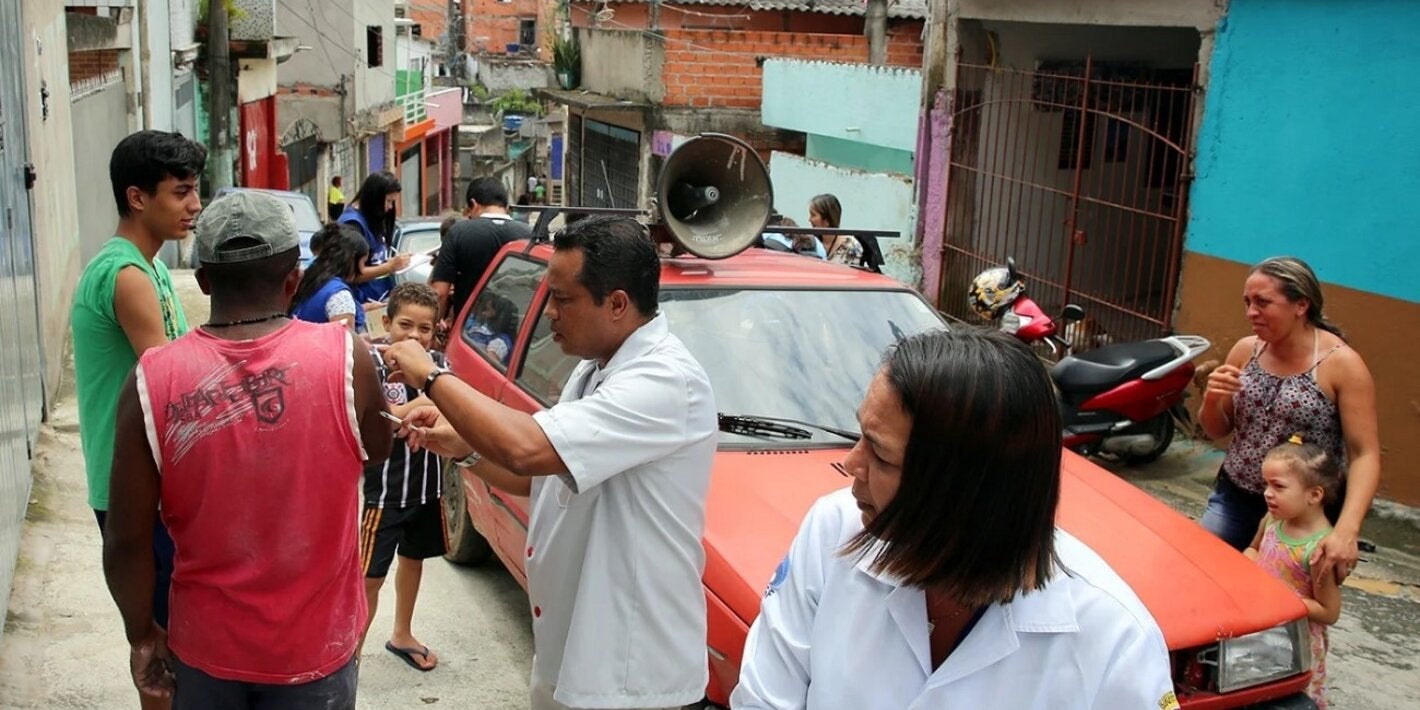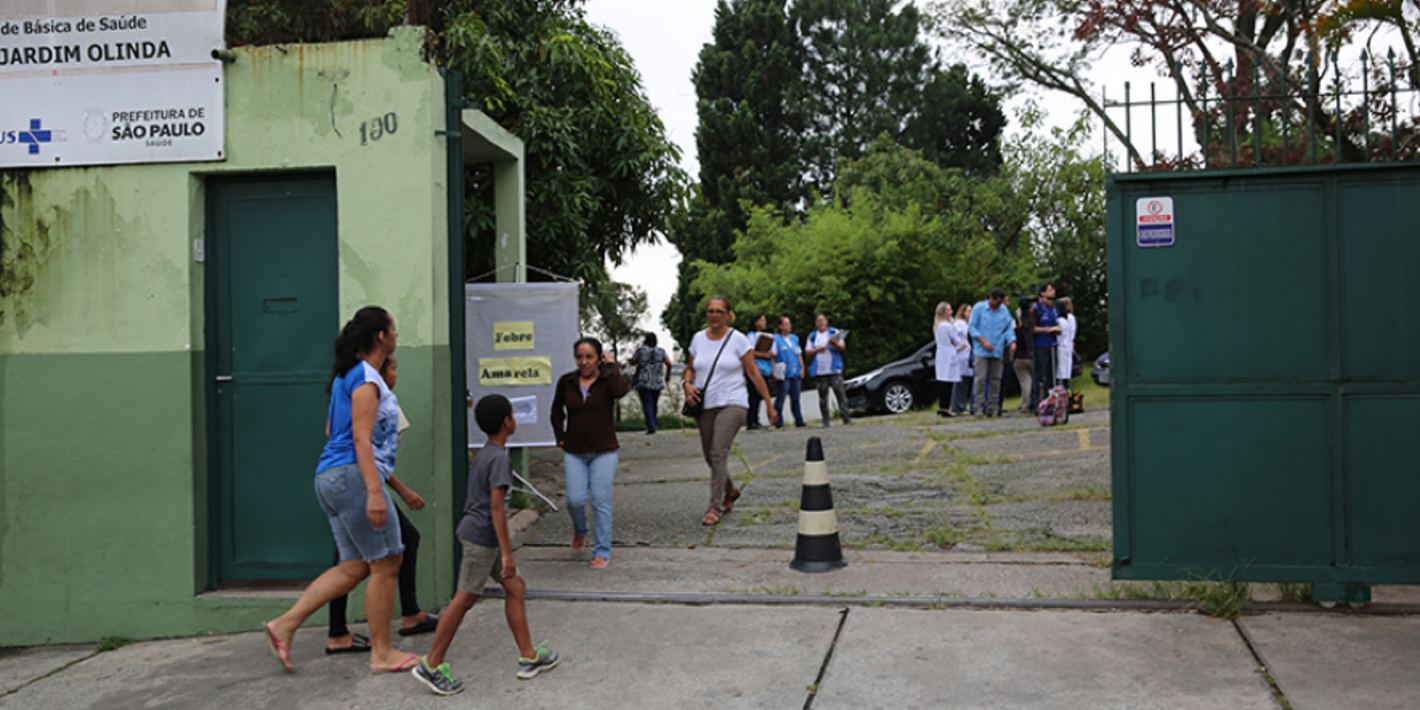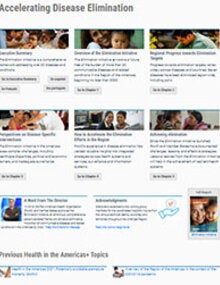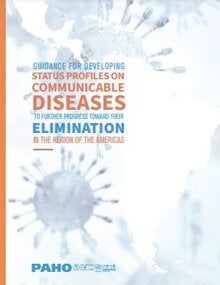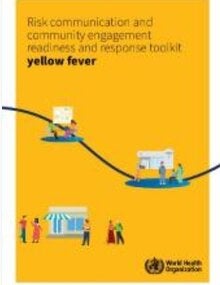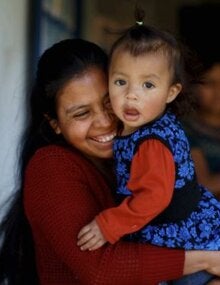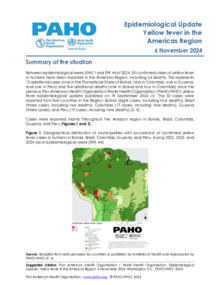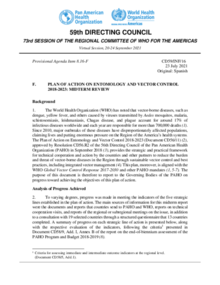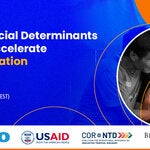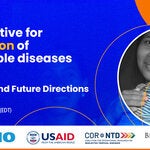Yellow fever is an acute viral hemorrhagic disease that is endemic in tropical areas of Africa and Central and South America. The term "yellow" in yellow fever refers to the jaundice that affects some patients.
Cases can be difficult to distinguish from other viral hemorrhagic fevers such as arenavirus, hantavirus or dengue.
Yellow fever is a high-impact, high-threat disease, with a risk of international spread, representing a potential threat to global health security. Large epidemics of yellow fever occur when infected people introduce the virus into heavily populated areas with high mosquito density and where most people have little or no immunity, due to lack of vaccination. In these conditions, infected mosquitoes of the Aedes aegypti species transmit the virus from person to person.
Yellow fever in the Americas
In past centuries (17th to 19th), yellow fever was transported to North America and Europe, causing large outbreaks that disrupted economies, development and in some cases decimated populations.
Since 1970, yellow fever has re-emerged as a public health threat in the Americas. The disease is endemic in territories and regions of 13 countries and territories in Central and South America (Argentina, Bolivia, Brazil, Colombia, Ecuador, French Guiana, Guyana, Panama, Paraguay, Peru, Suriname, Trinidad and Tobago, and Venezuela), causing outbreaks and deaths. In 2014, the virus spread beyond the Amazon basin. Some attribute this spread to changes in mosquitoes, and humans.
In 2025, the Pan American Health Organization (PAHO) issued an epidemiological alert regarding yellow fever in the Americas due to the recent increase in confirmed human cases in several countries in the region and a change in the geographic distribution of the disease. This increase has been observed over the last months of 2024 and the first weeks of 2025. While in 2024, cases were mainly concentrated in the Amazon region, in 2025, the disease began to spread to areas outside this zone.
Read the latest Epidemiological Alert and Update for the most up-to-date information.
The yellow fever virus is transmitted by infected mosquitoes. The different mosquito species live in different habitats - some breed around houses (domestic), others in the jungle (wild), and some in both habitats (semi-domestic).
There are 3 types of transmission cycles:
Sylvatic (or jungle) yellow fever: In tropical rainforests, monkeys, which are the primary reservoir of yellow fever virus, are bitten by wild mosquitoes of the Haemagogus and Sabethes species, which pass the virus on to other monkeys. Occasionally humans working or travelling in the forest are bitten by infected mosquitoes and develop yellow fever. Transmission from monkeys to humans through the same type of mosquitoes can also occur in peri urban areas. In recent years, this has been the main mode of transmission in the Americas.
Intermediate yellow fever: In this type of transmission, semi-domestic mosquitoes (those that breed both in the wild and around households) infect both monkeys and people. Increased contact between people and infected mosquitoes leads to increased transmission and many separate villages in an area can develop outbreaks at the same time. This is the most common type of outbreak in Africa and has not been described in the Americas.
Urban yellow fever: Large epidemics occur when infected people introduce the virus into heavily populated areas with high density of Aedes aegypti mosquitoes and where most people have little or no immunity, due to lack of vaccination or prior exposure to yellow fever. In these conditions, infected mosquitoes transmit the virus from person to person. No recent outbreaks of urban yellow fever have been reported in the Americas.
Key Facts
The vaccine provides effective immunity within 10 days for 80-100% of people vaccinated, and within 30 days for more than 99% of people vaccinated.
The Eliminate Yellow Fever Epidemics (EYE) Strategy
The Eliminate Yellow Fever Epidemics (EYE) Strategy, launched in 2017, is an unprecedented initiative. With more than 50 partners involved, the EYE partnership supports 40 at-risk countries in Africa and the Americas to prevent, detect, and respond to yellow fever suspected cases and outbreaks. The partnership aims at protecting at-risk populations, preventing international spread, and containing outbreaks rapidly. By 2026, it is expected that more than 1 billion people will be protected against the disease.


